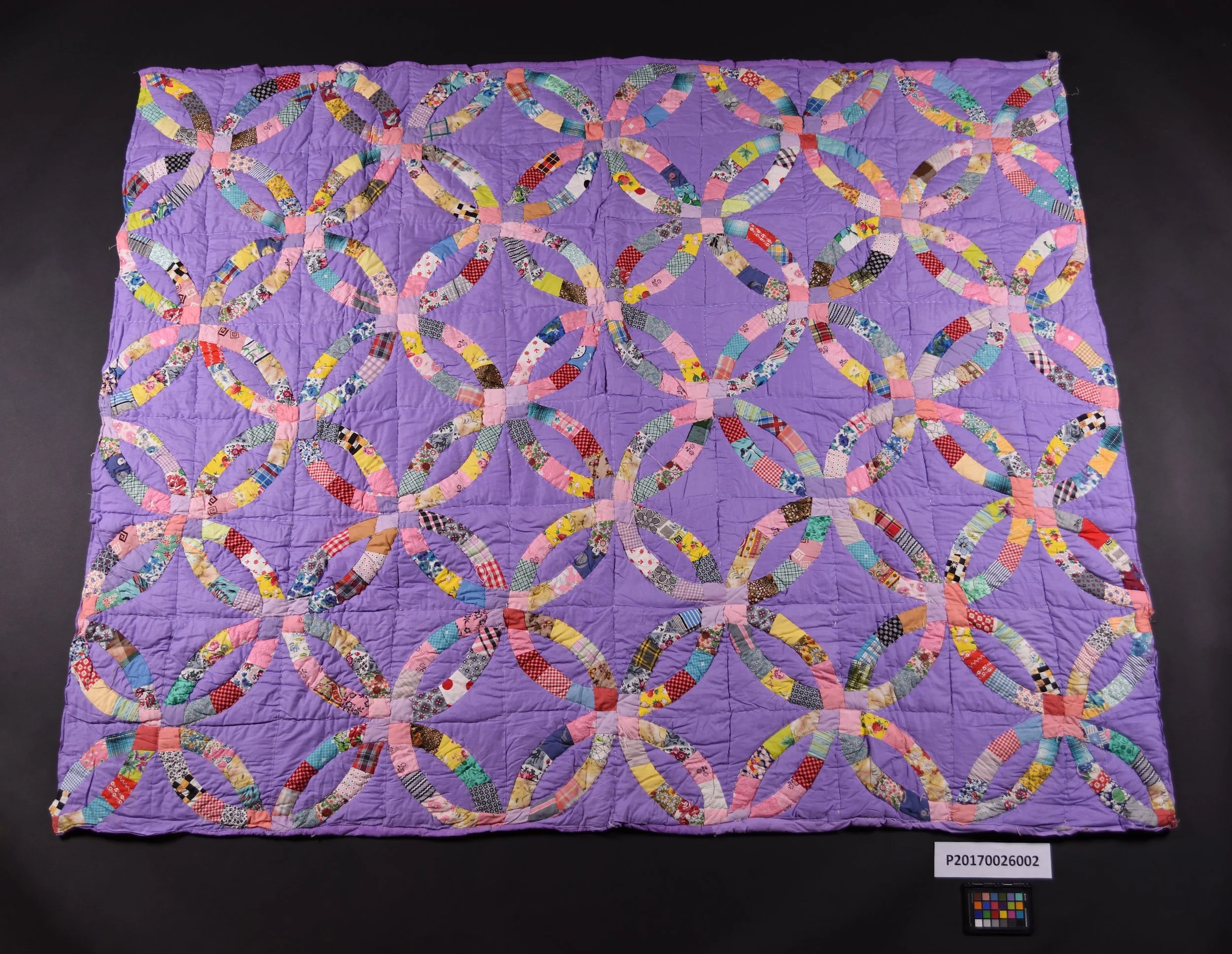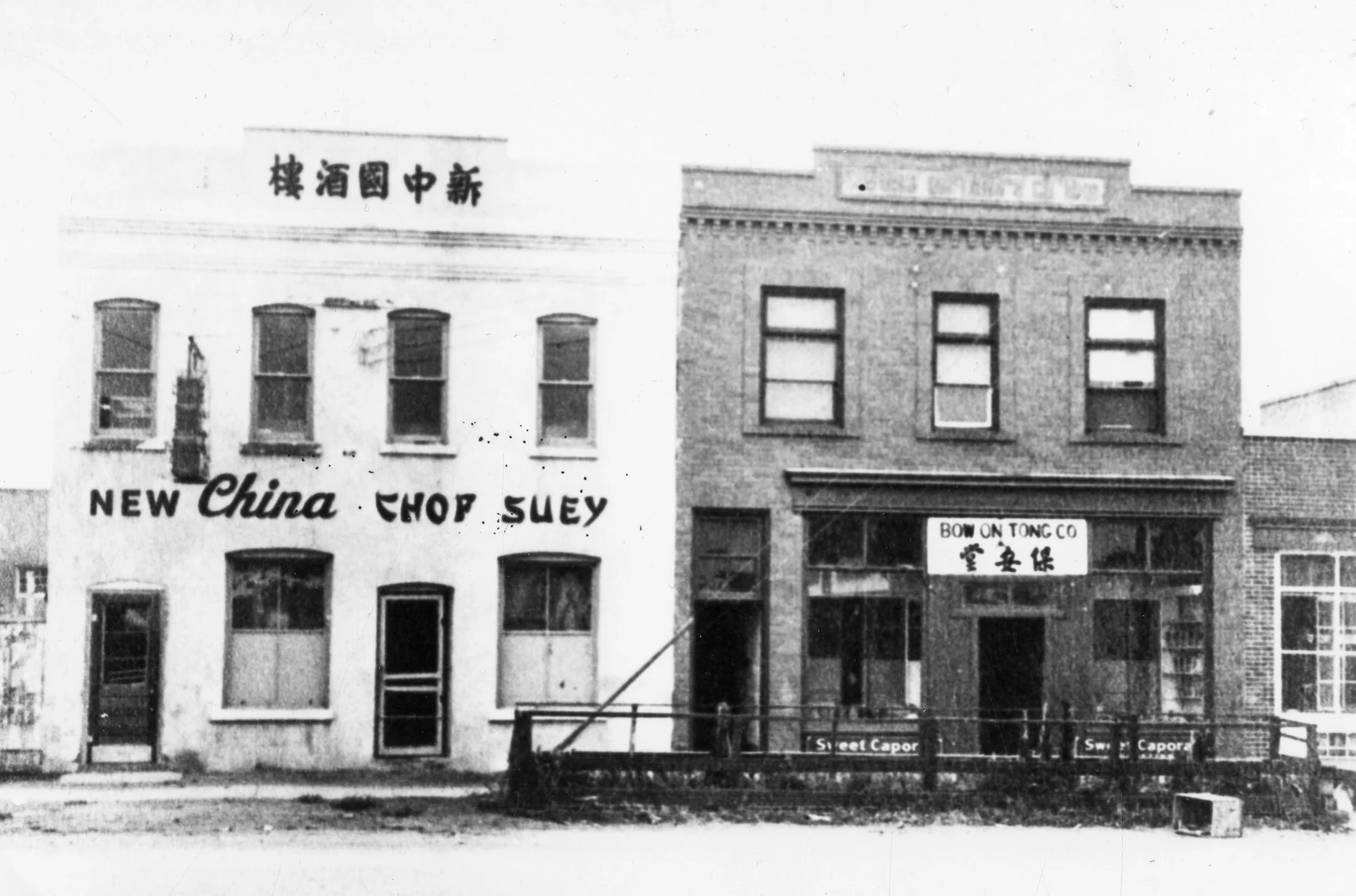We might all have that one family member who can magically repurpose old fabrics into warm quilts. Some assume that making a quilt is simple, but the process is quite lengthy. Quilters must plan out their design, pin cloth together, and sew through many layers of fabric. The Galt Museum & Archives has a large collection of quilts. Within this collection are five quilts by Katherina Betts that were donated by her son Ed and daughter-in-law Gloria Betts.
Read MorePast issues of the Lethbridge Herald have long served as an encyclopedia of community life, a Who’s Who of Southwest Alberta. However, not everyone was fairly represented. In the Galt Museum’s archives are images of Blackfoot people once featured in the newspaper without identification, leaving their stories untold. The 1,000 Faces Project was designed to bridge this gap by recovering and preserving their names in archival records.
Read MoreBeginning as two humble columns in 1910, “Miladi” was a women’s section in the Lethbridge Herald, which quickly grew to a whole page later in the year. “Miladi” included everything from personal happenings to sewing patterns to Aunt Sal’s Handy Hints, which was an advice and information column written by Sara Nelson.
Read MorePhotography and journalism have a long history in Lethbridge, dating back to the Lethbridge Herald’s first publication in 1906. Herald photographers have played a crucial role in narrating the city’s stories through their visual storytelling. More recently, the industry has gone through significant changes with the emergence of social media and various news channels.
Read MoreJournaling is a great way to decompress, remember a great day, or spill some gossip. While you might hide your diary under your bed, these three journals are a part of the Galt Museum Archives. Take a glimpse into the lives of others as they log their year, trips, and even workplace drama.
Read MoreIn addition to Survivors of the Indian Residential School (IRS), survivors of other colonial school systems the Canadian government initiated and implemented for over a century and a half also deserve recognition. As a member of the Kainai (Blood Tribe) of the Blackfoot Confederacy in Treaty 7 territory in Alberta, Tiffany Prete’s research has involved analyzing the educational policies behind the IRS and other colonial schooling models.
Read MoreThe legacy of Evan Gushul extends throughout southern Alberta. As the son of Ukrainian immigrants, Evan grew up with a profound appreciation for his Ukrainian roots. The Gushul children attended music lessons, Ukrainian language classes, and Ukrainian dance classes, with his parents instilling in him the values of hard work and perseverance. Throughout his life, Evan applied these lessons, forging a storied career of his own.
Read MoreAs Southern Alberta’s only queer-mandated theatre company, Theatre Outré, has spent the last decade carving out space for a thriving alternative scene in the prairies. Now, we celebrate them for their iconic boundary-pushing theatrical productions, eccentric events, and unwavering devotion to Southern Alberta’s 2SLGBTQ+ community.
Read MoreThough easily the most common form of body modification, the history of piercings often proves as subtle as the jewelry itself. Archaeological records suggest that humans have been piercing themselves for at least 5,000 years, often starting with the earlobe. Cultures worldwide have long used piercings to denote social characteristics or sacred rites.
Read MoreFew constants exist in the ever-changing world of high school. Perhaps none have proven as nostalgically valuable as the portraits, signatures, and memories found in a high school yearbook. Much of Lethbridge’s own high school history sits in its shelves full of these volumes, dating as far back as 1922!
Read MoreNot all humour ages gracefully, as anyone who grew up subjected to dad jokes can tell you. Context gets lost, punchlines become predictable; when was the last time a knock-knock joke got a laugh from you? It’s easy to see, then, how printed jokes in the newspaper fell out of fashion. This doesn’t mean, though, that old newspapers are entirely humourless today. Indeed, some jokes published over a century ago still prove funny today!
Read MoreSometimes, certain indicators—a scrap-paper bookmark here, a scribble on that corner—will pop out at just the right time, serving as immediate reminders of the people who used, owned, and, in many cases, loved these items. While the exact dates or authors of these personal touches can be hard to pin down, these small treasures can sometimes humanize the residents of Lethbridge’s past more than any catalogue or municipal record.
Read MoreIn January of 1923, Lethbridge resident E. G. Sterndale Bennett published a letter in the Herald. The column, a thoughtfully penned request to connect with theatre lovers like himself, received only one written response. This year, Sterndale Bennett’s theatre group celebrated their centennial. Clearly, an opening isn’t everything!
Read MoreWhether you’re repulsed by or devoted to tattoos, it’s hard to deny their significance in human history. Ötzi the Iceman, a 5,000-year-old mummy, sported sixty-one small lines of ink around his body. Body modification has long been used around the globe to denote characteristics like strength, social standing, or battle experience. In modern-day Lethbridge, many of us wear them for a slightly less compelling reason; we like how they look!
Read MoreLethbridge’s Oliver Block, located across the street from Draffin’s Pharmacy on 5 Street downtown, has borne an interesting story since the day it was built. Constructed at the turn of the twentieth century, the building was named for its owner William Oliver during his term as Lethbridge’s seventh mayor. The building opened in two separate segments at Oliver’s behest, as he was eager to open his blacksmithing business as soon as possible! In the 120-odd years since, the building has housed a wide variety of tenants. Perhaps what the building is best known for now, however, is how close it came to destruction.
Read MoreAs Lethbridge lost the 104-year-old Bow On Tong building to a fire in early February, many feared that the last remnants of Chinatown were gone with it. Some staples of the historic community still stand along 2 Avenue; most of us are familiar with the bold architecture of the Chinese Freemason building, or the Traditional Chinese lettering atop the Wing Wah Chong Co. building. As more historic buildings are lost to time, however, it is worth examining exactly what purpose they served in the first place—and why they still matter today.
Read MoreThroughout its history, the American Hotel in Fort Macleod served as a gathering space for Indigenous peoples in a largely white, settler town. As the hotel’s ownership changed over the decades, this affected how interactions unfolded inside its doors and who was welcomed.
Read MoreMany of us are uncomfortable when discussing funerals and death—and for valid reasons. Examining the history of these events in our community, however, can shed some light on how we conduct them today.
Read MoreThe familiar narrative of the Second World War is that of the Allies triumphing over the Nazis. However, for thousands of Japanese Canadians, their experience of this same event was one of injustice and broken promises.
Read MoreWhen Dorothy Clark, a 24-year-old graduate of the Minneapolis Academy of Beauty, moved here in 1924, it was to a much different Lethbridge than we know today. While a swath of local spas, salons, and beauty shops can be found now with a simple search engine inquiry, Mrs. Clark was entering a much smaller market; her arrival to Lethbridge marked her as one of only two working hairdressers in the 14,000-person mining community.
Read More



















